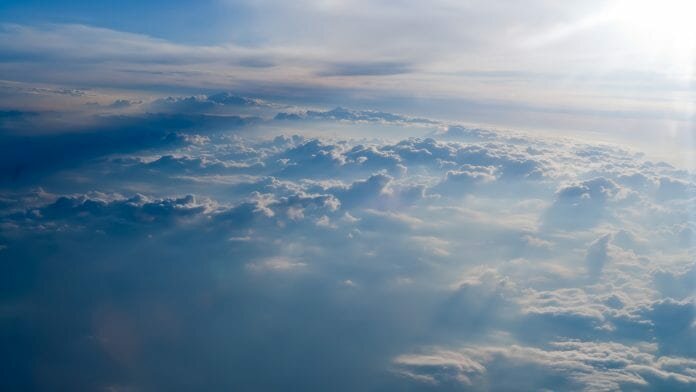
A new report from the United Nations has found the depleted ozone layer appears to be healing.
Scientists first raised concerns about the thinning state of the depleted ozone layer, brought about by human use of destructive chemicals, in the late 1970s. Use of ozone-depleting chemicals has drastically decreased worldwide in the last 40 years, with chlorofluorocarbons (CFCs), the primary factor in the depletion of the ozone layer, phased out globally in the wake of the 1987 Montreal Protocol.
Further amendments to the protocol will come into effect in 2019, restricting the levels of climate change-worsening chemicals used in refrigerators and cars. Without such measures having been taken, scientists say around two thirds of the world’s already depleted ozone layer would have been destroyed by 2065.
Paul Newman, chief Earth scientist at NASA’s Goddard Space Flight Center and co-chair of the report, said: “It’s really good news. If ozone-depleting substances had continued to increase, we would have seen huge effects. We stopped that.”
By the late 1990s around 10 per cent of the upper ozone layer had been depleted. After 2000 it slowly began to return, increasing at a rate of around one to three per cent per decade. According to the new report, the upper layer of ozone above the Northern Hemisphere should be fully repaired by the 2030s, while the depleted ozone layer above the Southern Hemisphere will heal by the mid-2000s. The 9.6 million square mile hole in the ozone layer above the Antarctic should have sealed itself by 2060.
It is possible the healing of the ozone hole above Antarctica may insulate the continent and accelerate climate warming, but report co-author Ross Salawitch, an atmospheric scientist at the University of Michigan, said the immediate effects of ozone damage were such that it would be “incredibly irresponsible” not to protect the depleted ozone layer.
Ozone is created when the sun’s rays split oxygen molecules into separate atoms: the atoms then combine into a three-atom molecule, which is ozone. It rests high in the Earth’s atmosphere and acts as a shield for the Earth, protecting it from the sun’s ultraviolet rays, which can cause skin cancer and crop damage.


















